When it comes to the connections I’ve made on Twitter, pursuing my newfound hobby of investing, few have been as impactful as getting to know HML Compounder (@HML_Compounder).
If I remember correctly, I first became aware of HML Compounder’s presence on a Larry Swedroe thread where I left a comment related to multi-factor investing.
It didn’t take long for me to realize HML Compounder has one of the sharpest minds of all amateur investors I’ve interacted with.

We share similar opinions on a wide variety of topics including equity optimization strategies (moving away from market-cap weighted indexes), diversification, alternative investments (especially trend-following) and the potential sensible applications of leverage in a portfolio.
As the Twitter handle might suggest, HML Compounder is also one of the great #FinTwit amateur value investors as well with an uncanny ability to analyze funds in a comprehensive manner.
For those not as familiar with value investing, the term HML equals high minus low.
As a value premium, it indicates the spread in returns between stocks with a high book to market value ratio and companies with a low book to market value ratio. (source: Investopedia)
We could easily just focus in on value investing exclusively but I feel that wouldn’t represent HML Compounder’s evolving views.
Thus, for this “Investing Legends” interview we’ll key in on trend-following, asset allocation and potential uses of leverage in addition to “value investing” as the main areas of focus.
But enough from me; let’s give HML Compounder the floor.

Value Investing with HML Compounder
Hey guys! Here is the part where I mention I’m a travel vlogger! This “Investing Legends” interview is entirely for entertainment purposes only. There could be considerable errors in the data I gathered. This is not financial advice. Do your own due diligence and research. Consult with a financial advisor.
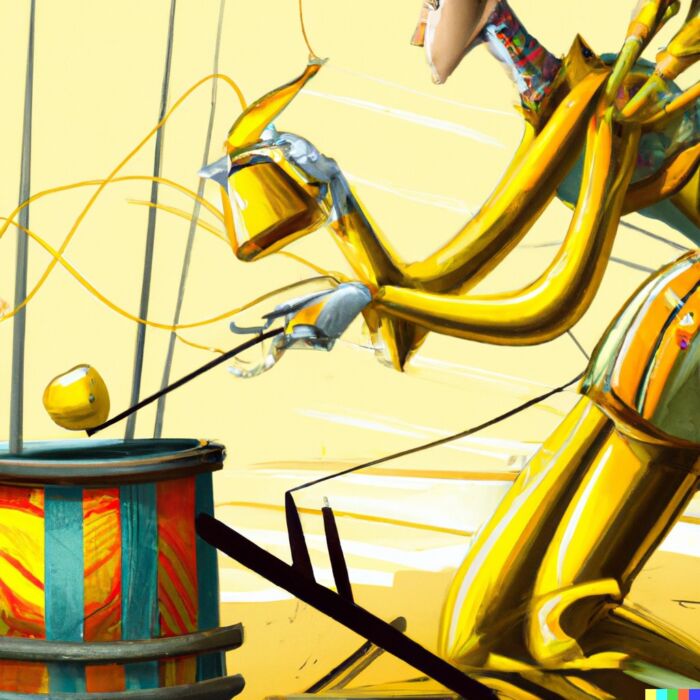
These asset allocation ideas and model portfolios presented herein are purely for entertainment purposes only. This is NOT investment advice. These models are hypothetical and are intended to provide general information about potential ways to organize a portfolio based on theoretical scenarios and assumptions. They do not take into account the investment objectives, financial situation/goals, risk tolerance and/or specific needs of any particular individual.
Trend-Following and Leverage with HML Compounder


Value Investing
Q1) I remember when I first started to get active on twitter (in the finance and investing community) noticing your thoughtful comments to things that were being discussed by professional and amateur investors.
Can you describe your investing journey. How did you get started?
Who were your earliest influences and what have you arrived at today in terms of an overall investing philosophy?

While my investing taste today is quite different from “Don’t look for the needle in the haystack. Just buy the haystack!”, I actually got my initial roots in the Boglehead community.
The idea of low-costs, diversification, and efficient markets was very enticing, but a few posters were implementing tilts to small-value funds which piqued my interest and eventually started a passion (obsession?) with systematic investing and the value factor in particular.
Over the years I continued to absorb information via forums, books, blogs, and more recently Twitter, all of which deepened my convictions, and saw me moving more and more into systematic-value and also away from being majority in US equities.
I explored other ideas from time to time including humoring the equity momentum factor, and also playing around with leveraged equities/bonds (more on that later) but in the end, systematic-value has become my North Star.
More recently I have discovered multi-asset long/short trend-following which I’ve grown conviction in too as a fantastic overlay (yay leverage) to my equity portfolio.

My framework has been influenced by many of the finance world’s biggest proponents of systematic approaches, but the early ones most responsible for my value-obsession include Larry Swedroe, Wes Gray, Tobias Carlisle, Jim O’Shaughnessy, Cliff Asness, and Rob Arnott.
I own many finance books on kindle, but most of these individual’s books get the honor of hardcover (I consider Quantitative Value to be my investing bible).
In a nutshell my philosophy is to get exposure to a diverse basket of uncorrelated return-streams in as efficient a manner as possible, rebalance, and ride it through the good times and the bad. It is also key to me to have absolute conviction and understanding in each strategy used, even if that means excluding some that may have additional diversification benefits.
I believe that while markets are mostly efficient, there can be a behavioral-premium, as well as the more academically accepted risk-premium.
You’ll notice, nothing in here has any real discretionary aspect… I know that I would burn a huge hole in my portfolio if I were picking stocks/trades, but in the systems I trust.
Value Investing vs Other Factors
Q2) I realized early on throughout our interactions you are a true value investor.
What is it about value investing specifically that makes you so committed to the strategy today compared to the myriad of other factors out there?
Is there anything that would potentially make your change your mind down the road?
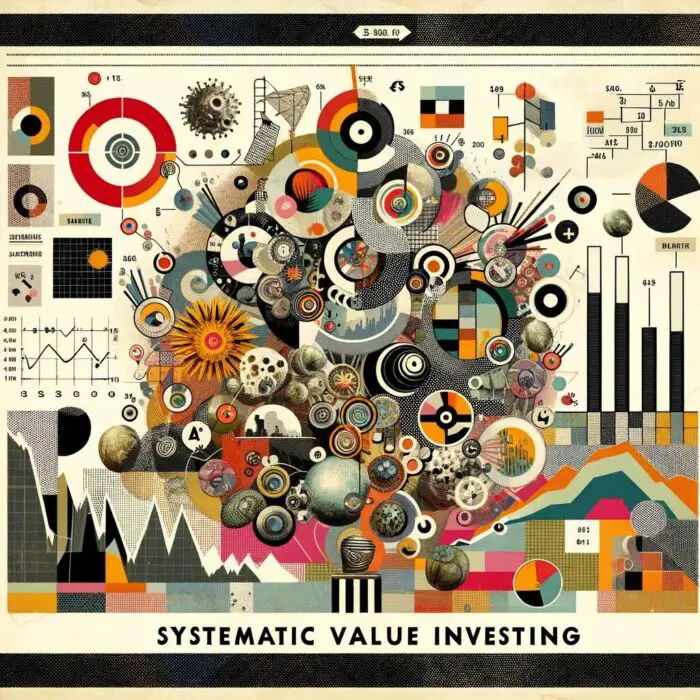
I absolutely am, although I will add that I consider myself a systematic value investor, with no desire to make discretionary stock picks like Buffett.
The value factor just speaks to me for a number of reasons.
I love that it has both a risk-based and behavioral explanation; the engineer in me wants to say I think it is mostly driven by risk, as that is the hardest to arbitrage away, but frankly I think the behavioral component is a huge one.
As Jim O’Shaughnessy loves to say, “Arbitraging human nature is the last sustainable edge.”
Perhaps it is just the growth boom (bubble?) that my investing start has aligned with, but it is hard not to see folks over-extrapolate both successes and failures, systematically driving glamor stocks to be overvalued, and leaving the cheap ones far too discounted.
During my time at SpaceX I would constantly hear “oh the stock price is going to the moon once XYZ launches!” and I finally gave up on trying to explain that stock prices already look into the future… I think many investors need to learn that a stock outperforms if its business outperforms expectations, not if it outperforms other businesses.
Oh well, leaves more premium for us value lunatics!
I also love how value tends to avoid boom & bust cycles.
My favorite example is 2000-2010 vs. 2010-2020.
Many folks regard 2000-2010 as the golden era of value, and a lost decade for the overall equity market. US SCV did 9% that decade, compared to the market’s -1% loss.
On the other hand, 2010-2020 is a period for value that is often referred to with phrases like “the death of value” because the market did 14%… what did US SCV do during that period? 10%.
People focus too much on relative returns, I prefer steady absolute ones.
Sure it will be more volatile, but in the long-run it does a great job of avoiding the most silly of manias, while also giving me a good chance at outperformance.
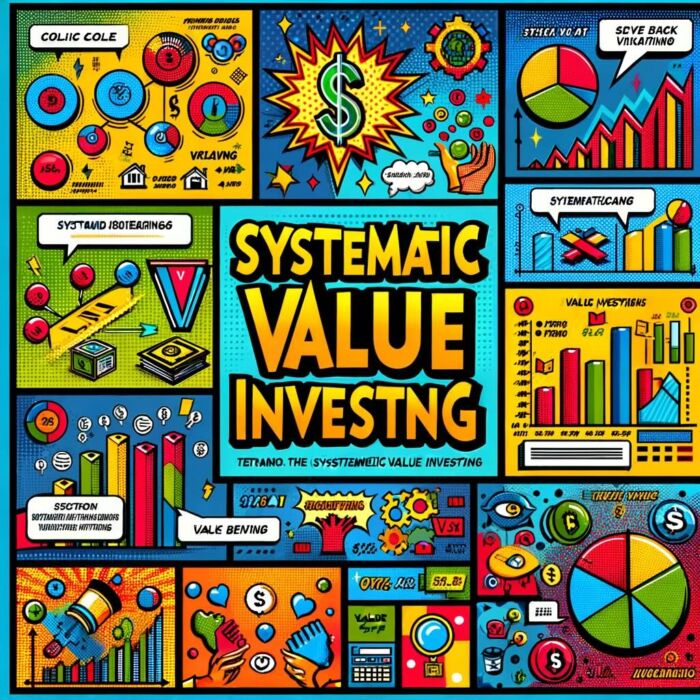
My lack of momentum-factor exposure is probably the most eyebrow-raising, especially given some of my investing-idol’s love for it.
That one is mostly behavioral…when a value fund goes through a large drawdown, typically prices fall more than fundamentals and many of the holdings will remain static, get cheaper (thus increasing their discount-rate/expected-return), and I find myself salivating at the prospects to buy buy buy!
Momentum fund holdings will similarly often experience an improvement in valuations in a drawdown, however rather than hold onto the coiled spring and ride the rebound, a momentum fund will by design sell the holdings and replace them with something that hasn’t drawn-down; that is a behavioral hurdle I haven’t been able to get over…I accept enough of that with my trend overlay.
I don’t foresee myself changing my convictions on how to form the equity portion of my portfolio, but I won’t close the door on the potential addition of any other diversifying assets I discover along this journey.

Value ETF Fund Selection
Q3) So when you’re sifting through Value ETFs, as potential funds to add to your portfolio, how do you sort contenders from pretenders?
What criteria are you looking for, in terms of ranking them and eventually arriving with only a few at the chopping board, that make the cut?
Are there specific fundamentals, factor loading exposure, price (cost) or position size of the fund that influence your final decision?

I have spent years digging into the various products on the market (it is something I weirdly enjoy, if you want to know about the nuances of a specific ETF, or whether something out there exists, I am your guy!) and ultimately picked what spoke to me most.
I want as much value exposure as I can get, so while costs do matter, I focus more on value-exposure-per-unit-cost as determined via past factor loadings or current characteristics (earnings yield, profitability, etc…).
I also want products that provide exposure to the profitability factor (what some call quality) to provide some additional return-stream diversification and help avoid value-traps.
Lastly I am big on transparency and want funds that are fairly explicit about their process. Ultimately I ended up with an equal-weighted medley of products from Alpha Architect (QVAL & IVAL) and Avantis (AVUV, AVDV, & AVES).
Avantis is the Honda of funds; good value (pun intended) and consistent reliable performance.

Each fund holds 600-1300 names for high diversification, but of course with the use of a value and profitability composite score to get exposure to the factors I’m so crazy about.
They include some other neat screens, and are also unconstrained so they can trade daily to maintain a steady loading.
Loading may not be maximized, but the returns are well explained by factor models without much additional tracking error.

Alpha Architect on the other hand is the Ferrari of value funds (okay they do momentum too, but I am not the WML_Compounder am I) with each holding only 50 names of equal-weight, coming from the cheapest ~10% of their screened universe on EV/EBIT.

This concentration gives you incredibly deep exposure to value (and quality), even with an average market-cap well above the Avantis small-value funds.
Their use of EV/EBIT is also pretty unique in a world dominated by fundamental ratios that use market-cap instead; enterprise value (EV) accounts for the cash/debt held by the company, and thus is more representative of the price you’d pay to acquire the entire business, which is a neat perspective that has some logical (and empirical) benefits.
Combined they give me a reasonably priced, diversified (both in region/cap-size as well as process), but still deeply factor-loaded portfolio. Tracking error doesn’t faze me, I like being a bit contrarian.

Trend-Following Investing Strategy
Q4) Trend following investing strategies seems to be a newfound interest we’ve both been exploring of late.
What have you discovered about trend following that you find appealing so far.
Any cons or drawbacks to the strategy?

What is there not to like about trend-following/managed-futures?
It is uncorrelated with equities, and has historically performed quite well during longer term periods of equity weakness.
The ability to shape-shift to any environment, and ride asset prices in both the upward and negative direction is something quite unique.
I find that particularly appealing given my heavy reliance on equity value-factor exposure, which is inherently a convergent strategy that profits from mean-reversion if the worst outcomes do not occur.
Trend-following on the other hand is a divergent strategy that really gets it’s best returns when shit hits the fan and things previously unthinkable start to happen; this is because it can take the market time to digest a step-change in the real fundamental situation, giving the trend follower time to get into the market before the bulk of the move, and then get out for a profit.
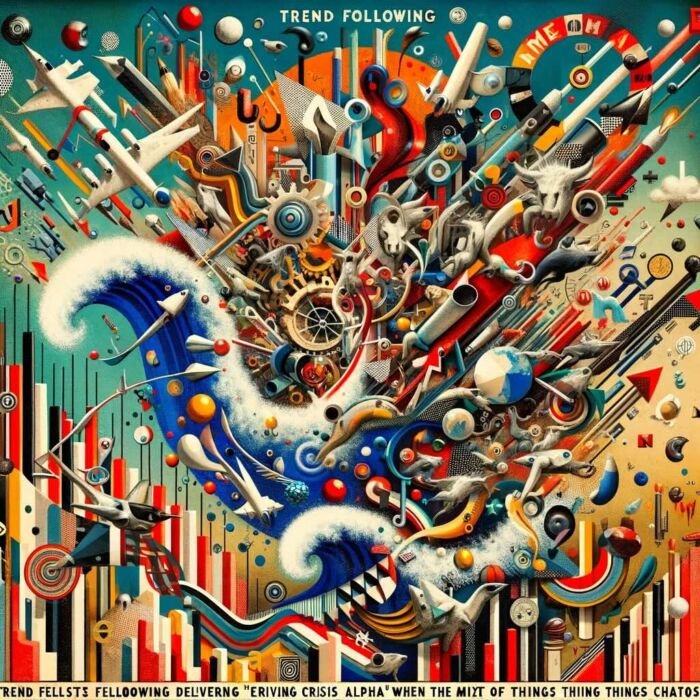
On the other hand, trend following can go through long periods of flat or steadily declining returns.
While large violent drawdowns typically only occur during give-backs of gains, you can also get periods with no persistent trends where the system will get in, lose a little, get out, and just repeat over and over, asset after asset.
This can be likened to death-by-a-thousand-cuts, and behaviorally can be incredibly difficult for an investor to stick with. Using leverage to stack this return stream on top of your existing portfolio allocation can certainly help there.
I also personally find this form of riding trends a lot more intuitive and appealing than cross-sectional momentum investing, where instead of trying to get in early on the trend (and leave as soon as it turns out to be a false-signal), you buy the strongest previous trend, and expose yourself to a potential unwind without even participating in the upside.

Trend-Following In Your Portfolio
Q5) How would integrate trend following into your portfolio today?
Does it play a prominent role or are you still researching what possible role it might have in the future (if any)?
I took a similar approach to my tilt towards value/international equities, in which I started with a smaller allocation and worked into it as my conviction grew.
Thanks to the efficient leverage that futures unlock, it now plays a very prominent role in my portfolio without even needing to give up much equity allocation, if at all.

Leverage In A Portfolio
Q6) What are your thoughts on leveraging a portfolio?
Would you be willing to be all-in on certain asset classes or multi-asset and/or uncorrelated assets only?
Any specific amount of leverage that you find optimal?
Or no leverage at all?

You’re talking to a leverage addict.
I think it is a fantastic way to get increased diversification without sacrificing expected-return.
In terms of an optimal amount, there are ways to calculate what was best over a past period of time, but nobody knows the future and it is much better to have held a bit too little rather than too much, so don’t be greedy.
Backtests aren’t the end-all-be-all, but can be helpful to understand the volatility and drawdown you’d have experienced through different historical market regimes, which can be helpful.
There are no free lunches though, and the increased expected return comes with increased risk.
Thus, it is important to have concrete and systematic rules for what to do in a drawdown to avoid behavioral risks that can eventually result in even worse losses (or a blow-up).

You should be comfortable selling for a loss, and not allowing your drawdown to push your leverage to the limit.
Like any sound strategy that has significant tracking error to typical portfolios (60/40), the most influential determinant of success is your response to periods of underperformance; stick to the system!

Hedgefundie Leverage Adventure
Q7) I remember you telling me you had a follow-up post to the infamous Hedgefundie leverage thread.
What strategies and conclusions did you come to from experimenting with your own leverage adventure?
Good times were had in that thread… for those unfamiliar, Hedgefundie initially proposed a 3x levered 40/60 UPRO/TMF (S&P500/long-treasury) portfolio with a bunch of great supporting evidence and backtests, which eventually morphed to 55/45 UPRO/TMF.
A small community of folks went deep into the weeds to develop an impressive backtest of both funds going to 1955 (fun fact that simulated UPRO from 1955-2019 matched the unlevered S&P 500 return, with a much wilder ride) which painted a bit more different, and cautionary tale than the original 1987-present period presented.
Still, there were many enamored by the impressive CAGR figures, and some started proposing their own tweaks.
One I found interesting was to use a short-term volatility target (say 16%) to determine monthly weighting to UPRO, and then put the remainder in TMF.
Others reeked more heavily of recency bias, with folks using TQQQ (3x Nasdaq) instead… I hope they are doing okay today given the drawdown there…
My claim to fame was the 43/57 UPRO/EDV variant, which took the most common 55/45 UPRO/TMF allocation and used long-term volatility for the S&P500 and zero-coupon STRIPS to get the same equity:bond volatility-ratio but with less leverage.

EDV has a much more reasonable expense ratio, and avoids the volatility decay of TMF’s daily leverage rebalancing.
I allocated my entire Roth IRA to this and made a handsome return before my conviction for value necessitated I go all-in!
Ultimate Cringe Portfolio
Q8) Here is a fun one. What would be the ultimate portfolio that would make your cringe if you had to own it.
Basically the opposite strategy of what you’d do on your own.
Your anti-portfolio.
What assets do we have in this bad portfolio that you’ll never be forced to own.
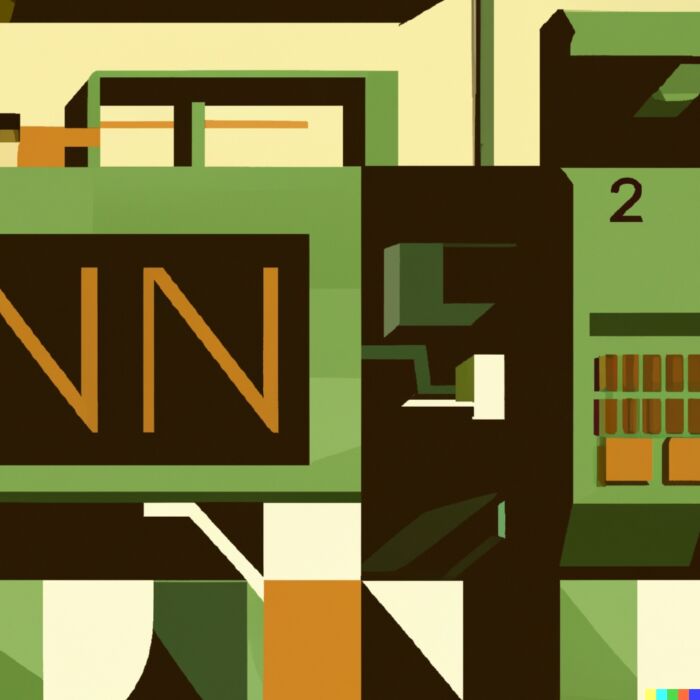
You know all the typical answers… unprofitable growth, negative momentum, illiquid VC moonshots (okay, I have most of my networth in one of those, not by choice!), etc… but I’ll give a bit more insight into my personality with this one and say it would drive me crazy to hold an all-in-one blackbox fund where I can’t see what is driving the performance easily.
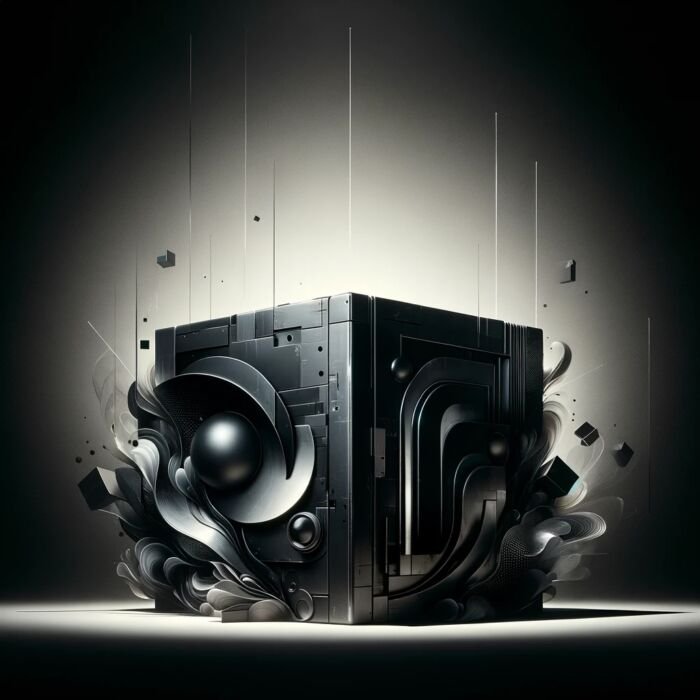
Even if it were made up of a ton of risk premiums I have some understanding of, there is something reassuring about being able to look at the portfolio and say “US value is down, EM value is doing great, corn futures are having a huge pullback from recent highs, and those lean hogs are really on a tear!”.

Ultimate Portfolio
Q9) What is your ultimate RIP Van Winkle portfolio?
You’re forced to live on a secluded island and/or are abducted by aliens for exactly 10 years without being able to check or change your portfolio.
You’ve got a non-leveraged and leveraged options available. One of each.
What do you have under the hood of them both?

Does a managed-futures ETF/mutual-fund count as leverage since it is embedded within?
If we say no… I’d go with 80% global multi-factor equity (value, profitability, size, okay maybe a touch of momentum…) in each, and then 20% in managed-futures (trend-following based and as volatile of a fund as I can find) for the unlevered one, and 80% (so 160% overall exposure) in the leveraged one.

Connect with HML Compounder
Q10) Thanks for answering all of the questions! Where can people find and connect with you online.
Twitter is the best place and where I spend most of my online time: @HML_Compounder
For anyone not active there, I cannot recommend it enough. I joined initially with no plans to post and simply wanted a news-aggregator to keep up with blog posts, papers, etc… but now I am connected with an incredible group of like-minded investors (like yourself Sam!), and even talk regularly with folks I consider my investing idols.
It has been a game-changer for me, especially because I have aspirations to get into the finance world in a professional capacity in the future.
Important Information
Investment Disclaimer: The content provided here is for informational purposes only and does not constitute financial, investment, tax or professional advice. Investments carry risks and are not guaranteed; errors in data may occur. Past performance, including backtest results, does not guarantee future outcomes. Please note that indexes are benchmarks and not directly investable. All examples are purely hypothetical. Do your own due diligence. You should conduct your own research and consult a professional advisor before making investment decisions.
“Picture Perfect Portfolios” does not endorse or guarantee the accuracy of the information in this post and is not responsible for any financial losses or damages incurred from relying on this information. Investing involves the risk of loss and is not suitable for all investors. When it comes to capital efficiency, using leverage (or leveraged products) in investing amplifies both potential gains and losses, making it possible to lose more than your initial investment. It involves higher risk and costs, including possible margin calls and interest expenses, which can adversely affect your financial condition. The views and opinions expressed in this post are solely those of the author and do not necessarily reflect the official policy or position of anyone else. You can read my complete disclaimer here.








